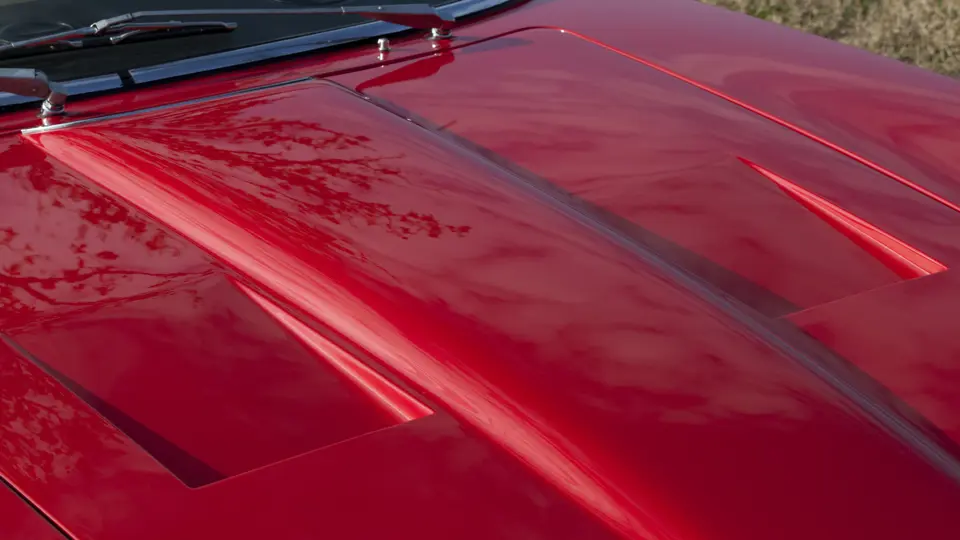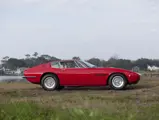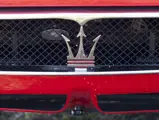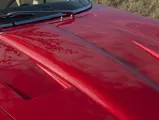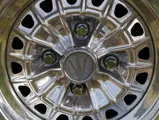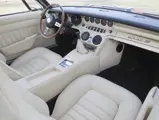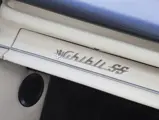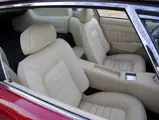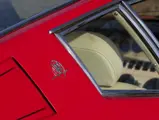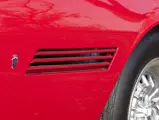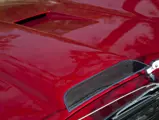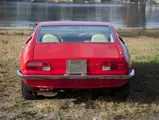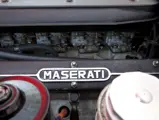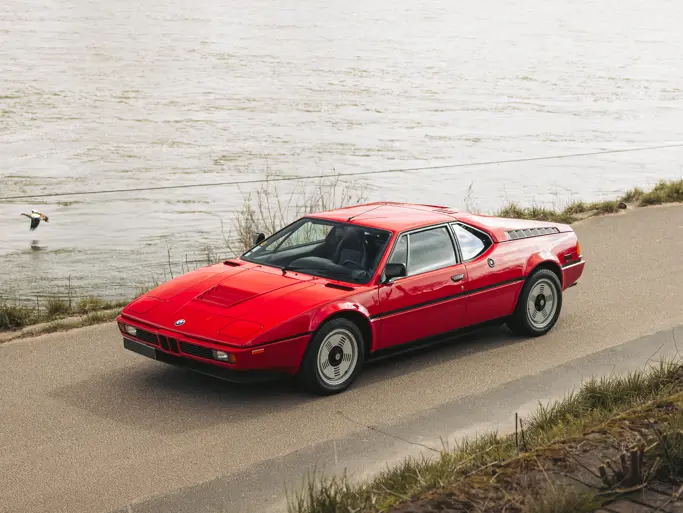335 hp, 4,930 cc DOHC V-8 engine, four Weber 48 DCNL carburetors, ZF five-speed manual gearbox, independent front suspension with coil springs, double wishbones and anti-roll bar, rigid rear axle with radius arms, semi-elliptic leaf springs, and four-wheel hydraulic disc brakes. Wheelbase: 100.4 in.
The Ghibli debuted at the 1966 Turin Motor Show, where Maserati showed it was back with a vengeance after some slow years. It outsold its two biggest rivals, the Ferrari Daytona and the Lamborghini Miura, which was no mean feat. The Ghibli coupe was designed by Giorgetto Giugiaro, who was working at Ghia, and some say it’s his finest work of the decade. At 15 feet long and 6 feet wide, the coupe was also remarkably low, with a tubular steel chassis.
The Ghibli coupe’s body swept back from a low full-width grille with pop-headlights to a steeply angled windshield and fastback roof with a Kamm tail. A five-speed ZF manual gearbox was also fitted. The equipment level was worthy of such a thoroughbred GT, with an adjustable steering column, leather upholstery, electric windows, reclining seats with head rests, a heated rear windscreen, and even air conditioning as standard equipment. The twin 13-gallon fuel tanks gave a 300-mile range, if one wasn’t in a hurry.
From 1969 to 1973, Maserati offered an updated model known as the SS. The engine included a new dry sump design, which had been devised in order to accommodate the low hood line of Giugiaro’s sleek coupe. This wasn’t just one of the most beautiful sports cars of the 1960s, it was also one of the fastest. Powered by a 335 horsepower, 4.9-liter V-8, the Ghibli could reach almost 170 mph. Excellent braking performance was delivered by two twin-servo assisted ventilated disc brakes with three pistons per caliper.
Chassis 2152 has been owned by the seller for 38 years. He acquired it through a broker in Orlando, Florida, in 1976. At that time, it indicated 35,000 miles, and he continued to drive it regularly for about 12,000 miles until 1979. After that, this Ghibli was stored away prior to the owner undertaking a lengthy restoration. The car was completely rebuilt mechanically, with the engine and transmission overhauled by an Italian automobile specialist in Maitland, Florida, in the late ’80s. The suspension, brakes, and steering were rebuilt, a new exhaust was fitted, and the Campagnolo alloy wheels were polished around that time as well.
The car was later treated to a superior glass-out repaint by a noted restorer in Orlando, Florida, and the color changed from silver blue to Maserati Red. The white leather interior was reupholstered in a saddle tan color, with Connolly hides shipped from London. While the car was apart, it was fully rewired, and the original Blaupunkt radio was rebuilt.
The Ghibli comes complete with all its books and rides on correct Michelin XWX tires. The restoration was completed about nine months ago, after being sidelined by numerous other projects. Since completion, it has only been driven about 600 miles. While the seller stresses it was not restored to be a show car, he describes it as an excellent driver.
While capable of supercar performance levels, the Ghibli is renowned for its drivability at low or high speeds alike. Its handling characteristics are well-balanced, forgiving, and predictable, thanks to its near perfect weight distribution and low center of gravity.
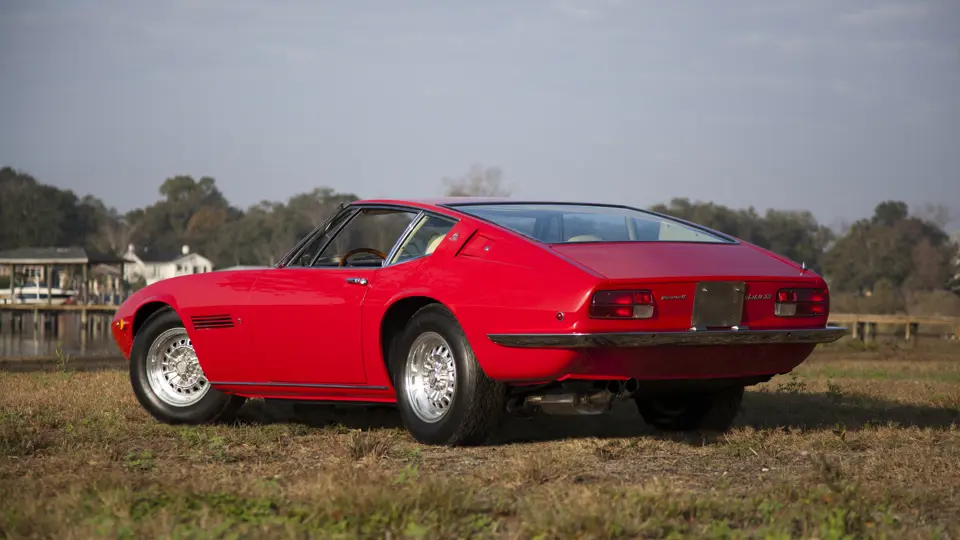
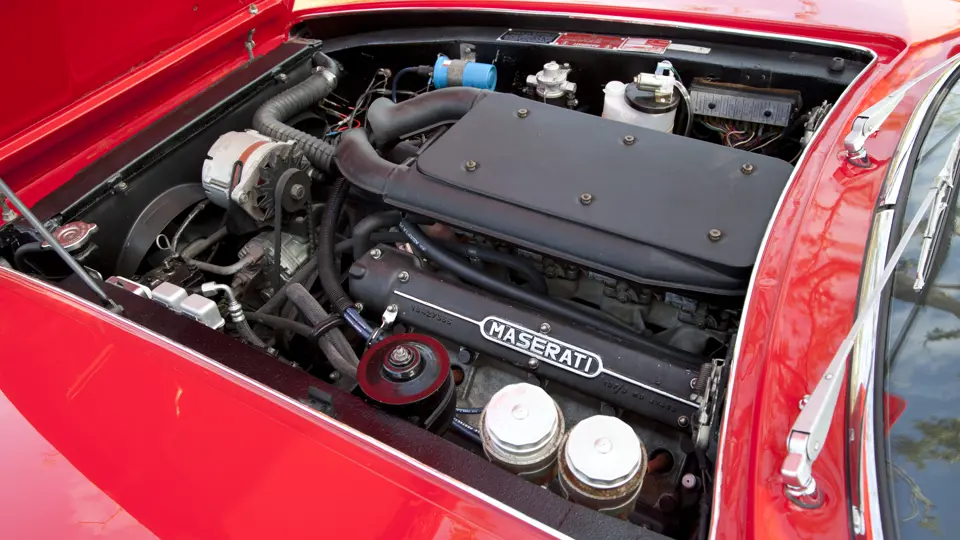


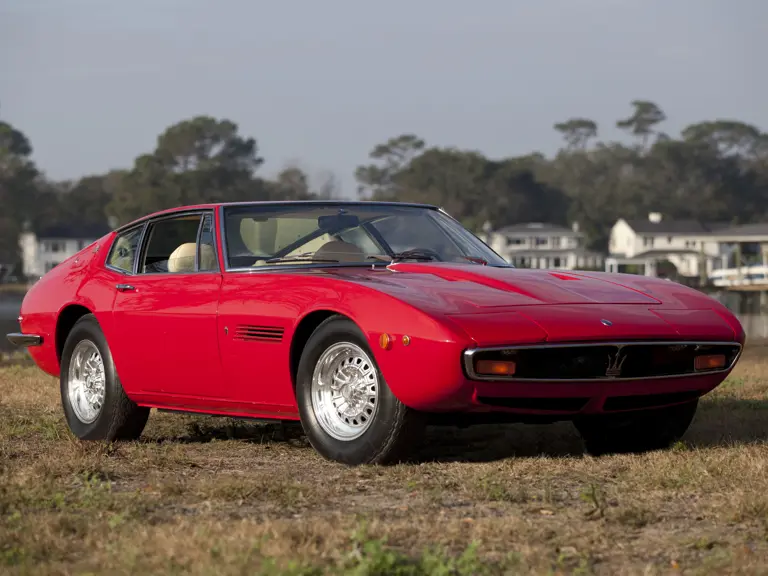
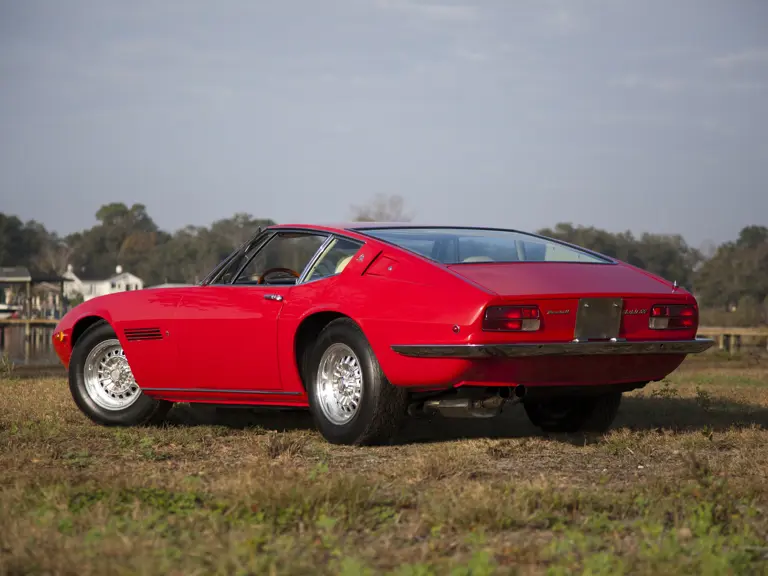


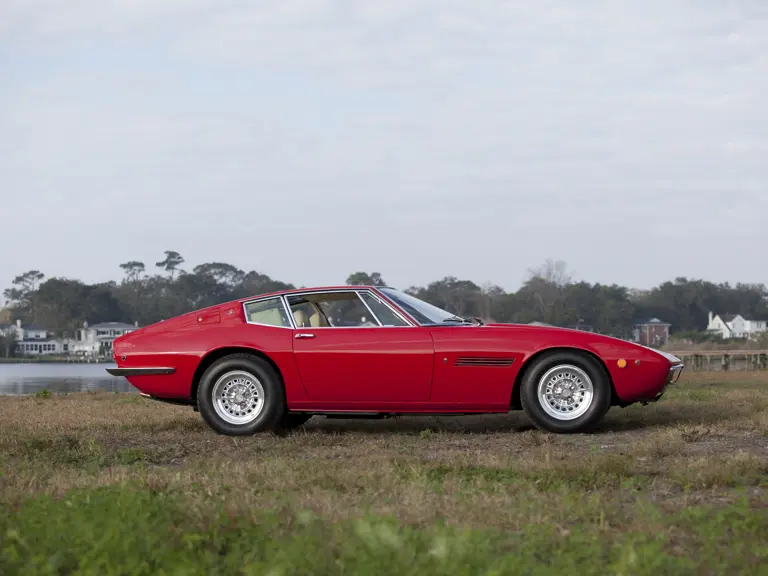
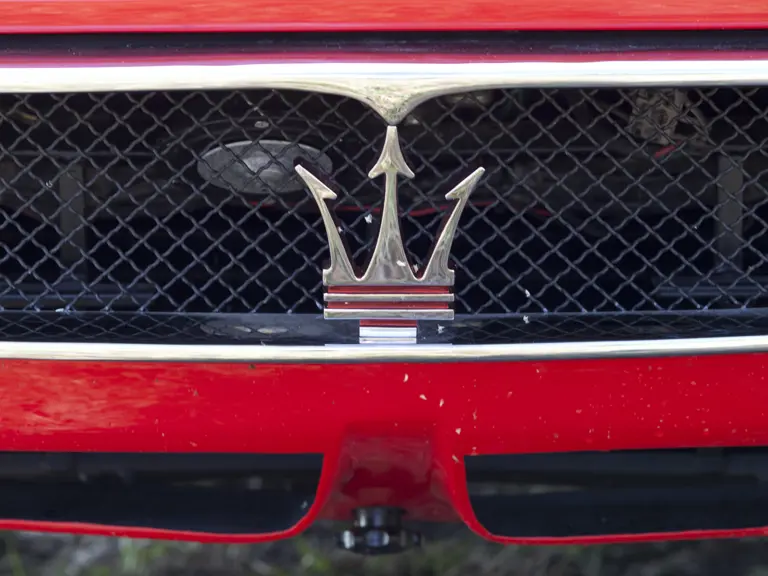
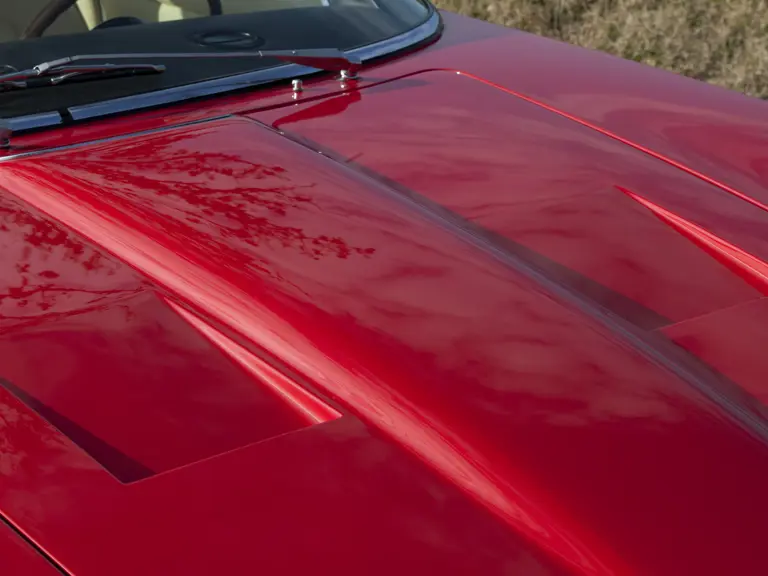



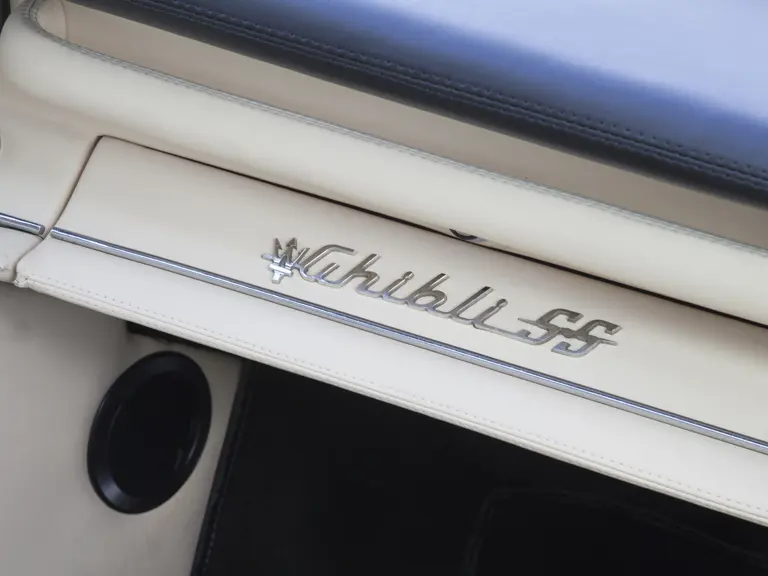


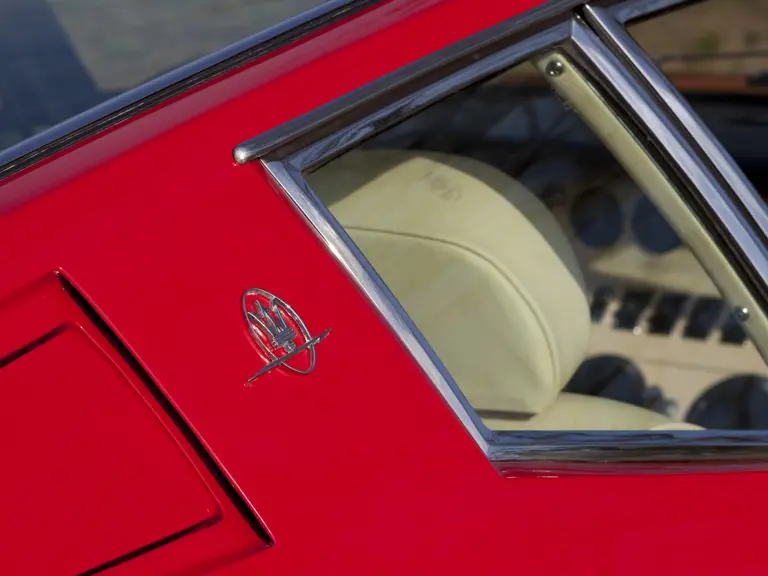


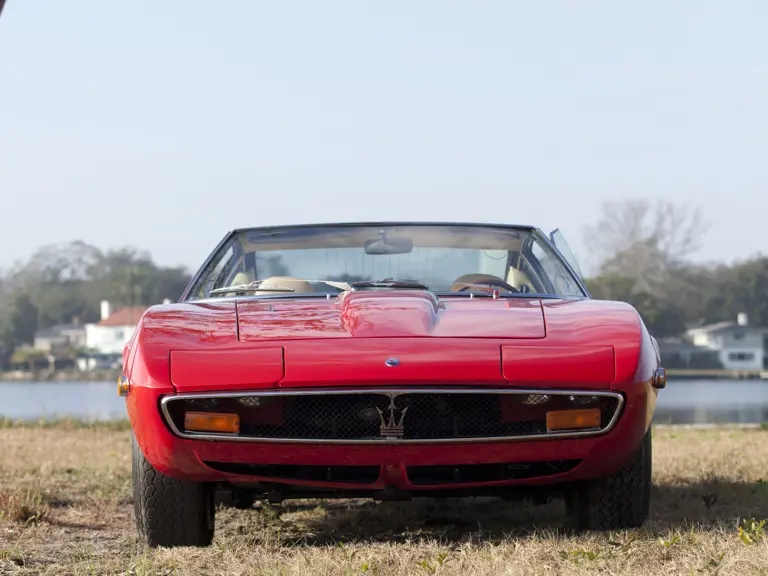
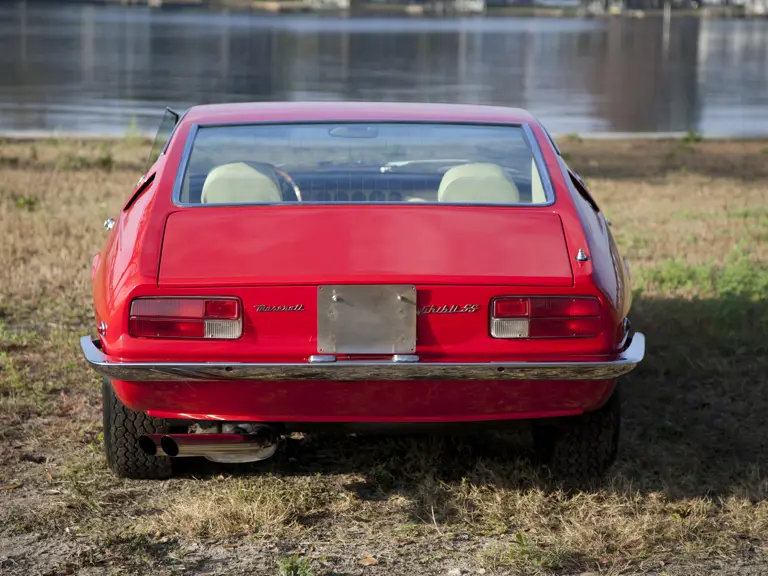
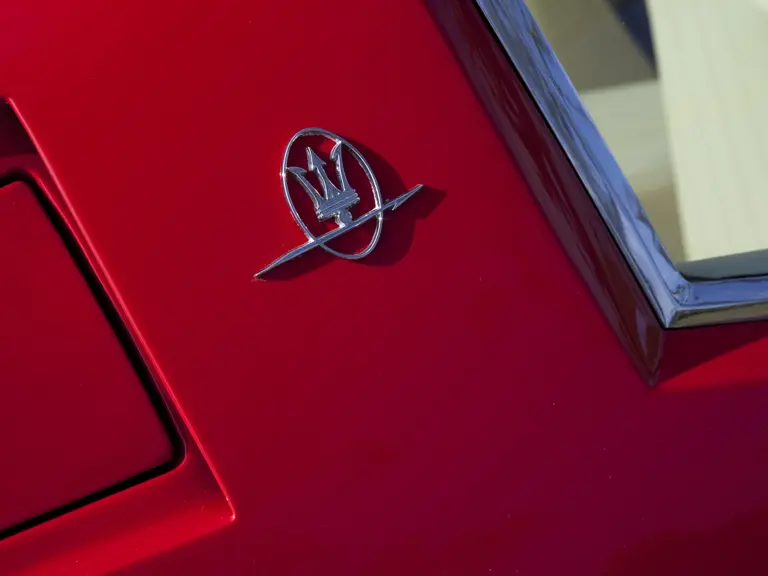
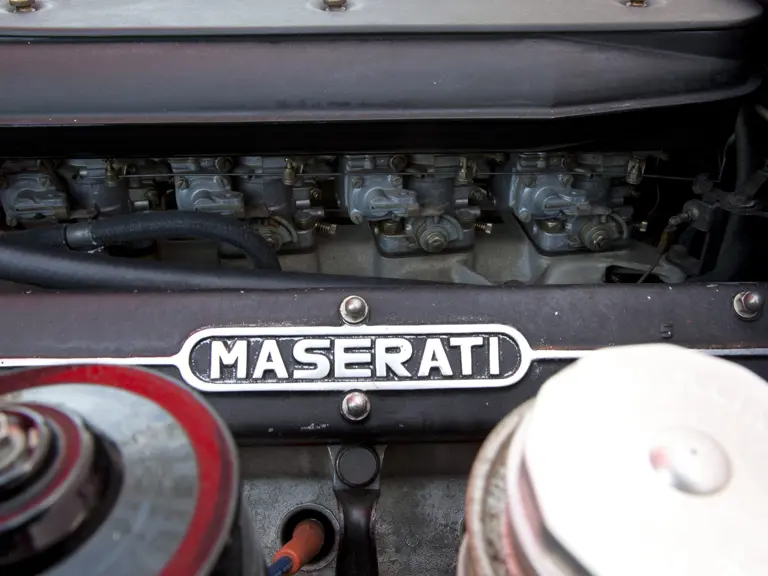
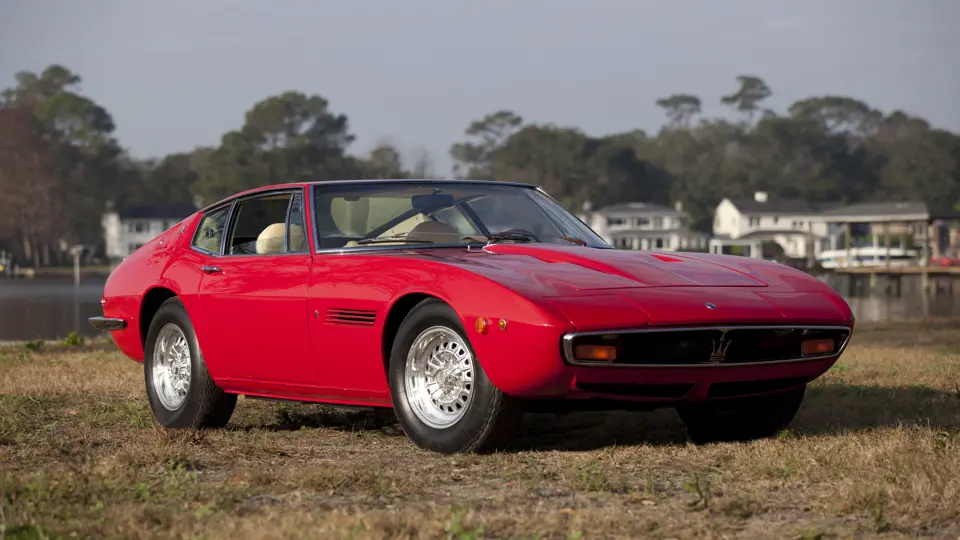
 | Amelia Island, Florida
| Amelia Island, Florida


